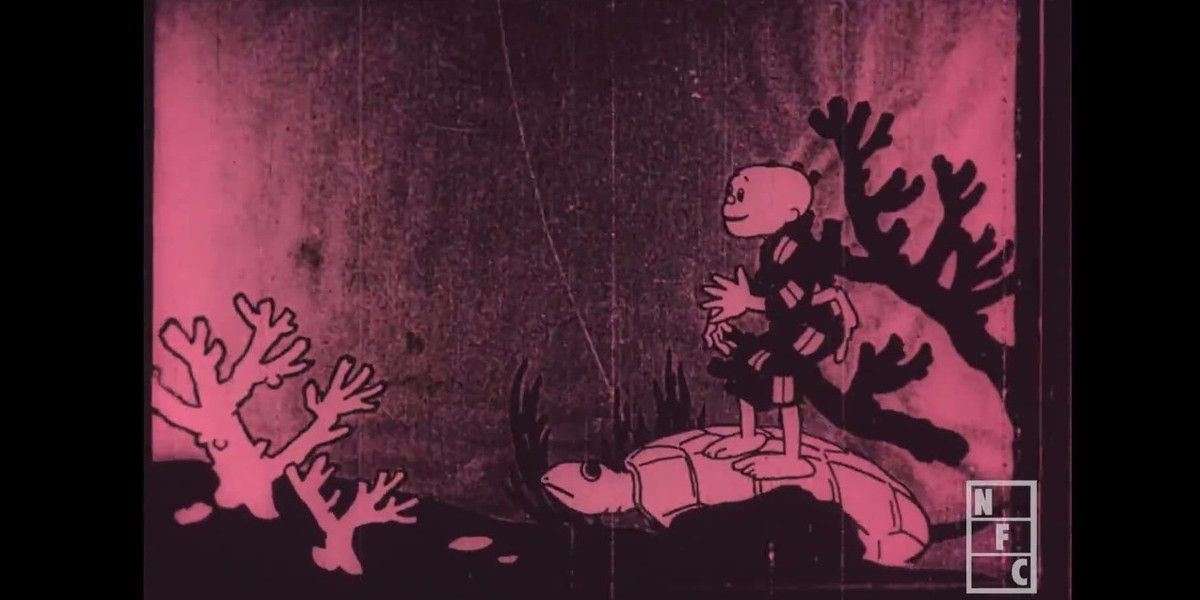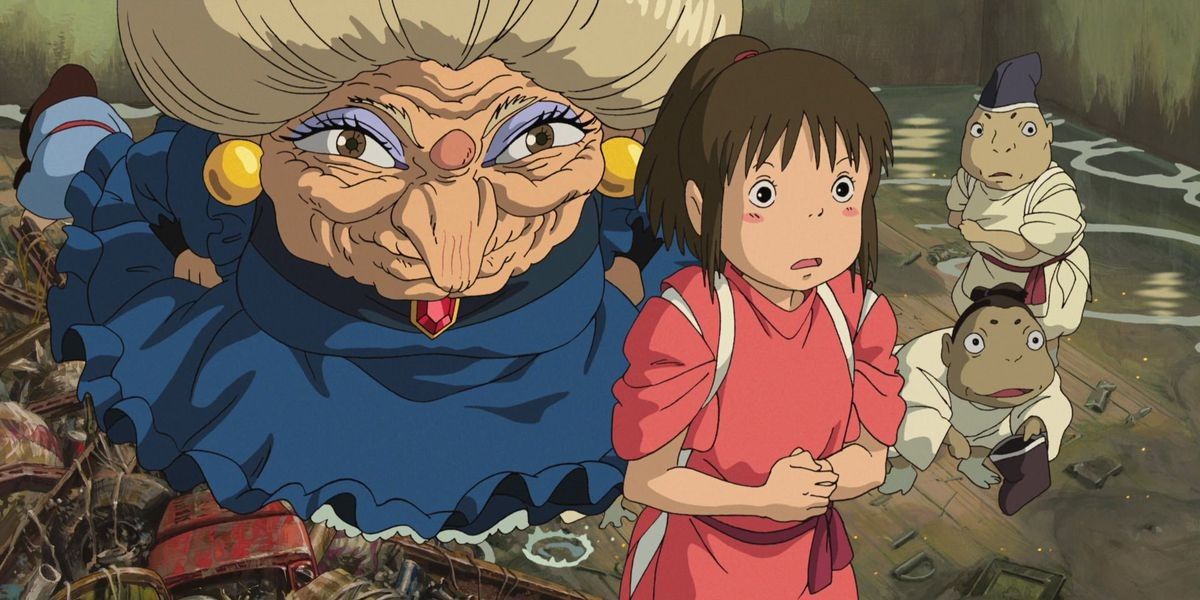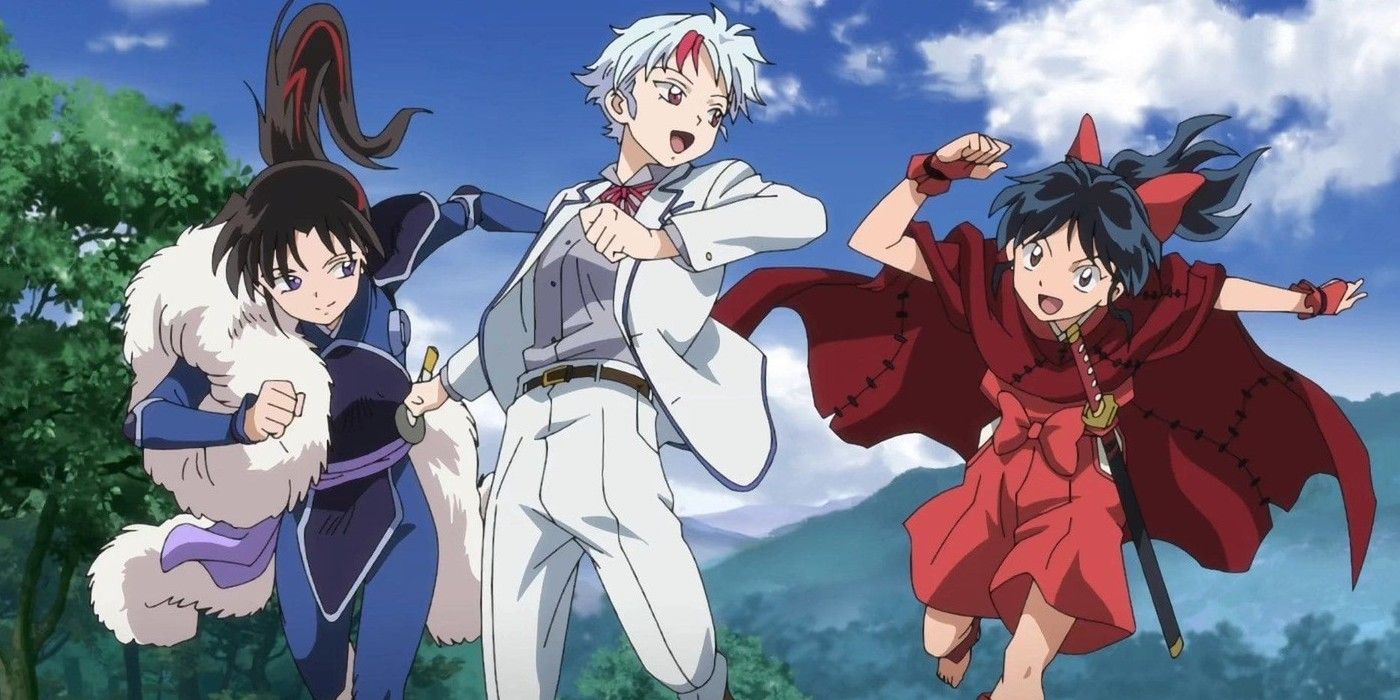Isekai translates to "different world" or "otherworld," and as its name suggests, the genre is all about putting a character in a whole new world. The character can be any kind of person, and the world they end up in can range from fantasy to sci-fi. While anime has a particular word for this genre, the story of a character exploring a whole new world is a very old trope that goes as far back as ancient folklore. Non-anime fans should be familiar with the idea due to famous stories like The Wonderful Wizard of Oz, The Chronicles of Narnia, Alice's Adventures in Wonderland, and so much more.
People love to be transported to another world while empathizing with the main protagonist, and that is part of why Isekai is so popular. Both the viewers as well as the protagonist are seeing a different world with a fresh perspective. While this template is popular in with cultures, Japan's connection to Isekai stories can be dated back to a work of fiction.
From Folklore To Anime: Urashima Tarō
Anime and video game fans may already be familiar with this fairy tale, as it is often referenced in those mediums. The fairy tale is about a fisherman who rescues a turtle from harm. As a reward, the turtle takes the fisherman to a Dragon Palace under the ocean where he meets a princess named Otohime. When he returns to his village, what he thought was only several days turned out to be about 100 years.
This old folktale was adapted into an anime in 1918, making it one of the oldest anime out there. In terms of dating the earliest known Isekai anime, Urashima Tarō makes a strong case for itself. The Dragon Palace is the fantastical world and the fisherman is the protagonist that audiences can connect to. This anime was only the beginning though, as the Isekai genre would continue to develop through the 80s, 90s, 2000s, and 2010s.
Isekai Of The 80s And 90s
Anime did not come into the international lens until the 80s and 90s, and plenty of Isekai stories were among them. These included Mashin Hero Wataru, El-Hazard, NG Knight Ramune & 40, as well as Fushigi Yuugi. Part of what made the genre so successful is that they could have all kinds of different target audiences. While both were Isekai, Mashin Hero Wataru was targeted more towards little boys while Fushigi Yuugi's target audience was older girls. The genre had very little in terms of limitations, with the new worlds ranging from historic China to magical realms with mechs and dragons.
The plot of these anime often followed a "chosen one" narrative, with the new world quickly having high expectations of its oddly dressed visitor and throwing them into fantastical situations that they have to overcome. This would force the protagonist to grow up and quickly adapt to this new world, making many Isekai anime of this era serve as coming-of-age stories. At the time, the genre had a perfected storytelling formula. However, it was not yet at its peak of popularity.
Isekai Of The 2000s And 2010s
What really put Isekai on the international consciousness was Hayao Miyazaki's 2002 movie, Spirited Away. Like other Isekai before it, Spirited Away placed a young protagonist in a fantastical world that she is forced to adapt to. To this day, it is known as one of the best Isekai anime out there, having won many awards and is beloved by people of all ages and backgrounds. The movie was released in 2001 in Japan and really pulled the Isekai genre out of any international obscurity.
True to Isekai's folkloric roots, Spirited Away also had many folk motifs such as the kami creatures who came to the bathhouse, the idea of purifying the body through water, and the fact that river could have a spirit. Other critically-acclaimed anime Isekai films came out and solidified the popular genre at the time such as The Boy and the Beast and The Cat Returns.
Inuyasha was another folkloric Isekai anime that captured the hearts of international audiences in the 2000s. It also popularized a recurring theme in Isekai anime, which is reincarnation. Reincarnation in Isekai anime often tied the protagonist to the fantastical world in a significant way. For example, Kagome had initially only traveled to the feudal era, but eventually finds out she is the reincarnation of Inuyasha's dead lover, Kikyo. This instance was far from the first or last use of reincarnation in an Isekai narrative, but it was one that introduced many international audiences to the idea of reincarnation playing such a prominent role.
The 2000s and 2010s also popularized Isekai stories that take their protagonists to virtual worlds. The .hack franchise did this and Sword Art Online did the same by putting their protagonists in high-stakes virtual MMO games. These stories were the sort that contained fewer Japanese folk motifs and strived to connect to audiences that loved and understood video game worlds, particularly RPGs.
At this point, Isekai got so popular that the genre actually has faced backlash from critics and anime fans. By 2016, Isekai got so popular that a Japanese short story contest sponsored by Bungaku Free Market and Shōsetsuka ni Narō actually banned Isekai stories from their entries. Many felt that the genre had overcrowded the manga and anime market and in 2017, publisher Kadokawa also banned Isekai stories in their novel contest.
Isekai Today
While the backlash against the genre's popularity is certainly notable, Isekai is still on top in terms of anime genres. This year, a Japanese Culture Museum even exhibited a section on Isekai stories. Isekai anime are ongoing and plentiful with many garnering favorable reviews by fans and critics. The genre continues to experiment with different settings and premises, evolving past the simple heroic tales that initially made Isekai so popular.
A recent title that does this, Drugstore in Another World: The Slow Life of a Cheat Pharmacist, tells the story of a man becoming a pharmacist in a fantastical world he was transported to. This otherwise mundane setting is made exciting by incorporating various Isekai tropes made popular over the years. Another recent title, How Not to Summon a Demon Lord, adds a much more comedic twist to the game Isekai subgenre popularized by SAO and .hack. Popular ongoing titles like Mushoku Tensei: Jobless Reincarnation are keeping the reincarnation trope alive, while also adding their own twist to it.
Isekai titles continue to win awards. One popular title, Fuse's That Time I Got Reincarnated as a Slime, has won best protagonist in the Crunchyroll Anime Awards and the manga won the 2018 Bookwalker Award. With such warm recognition, it's fair to say that the Isekai genre is not going away anytime soon. It will continue to grow and change as genres often do, but fans can expect to see similar stories reach new audiences in the future.

.jpg)

.jpg)

